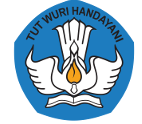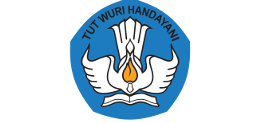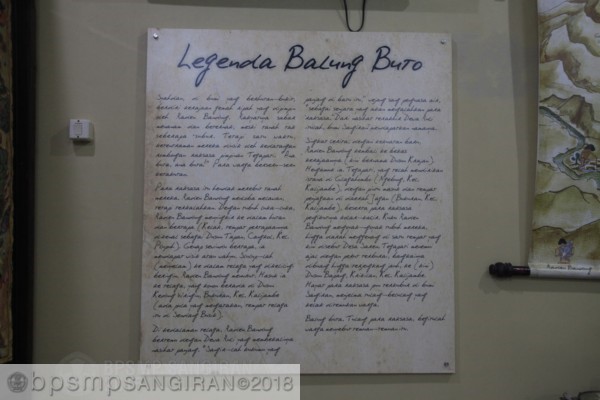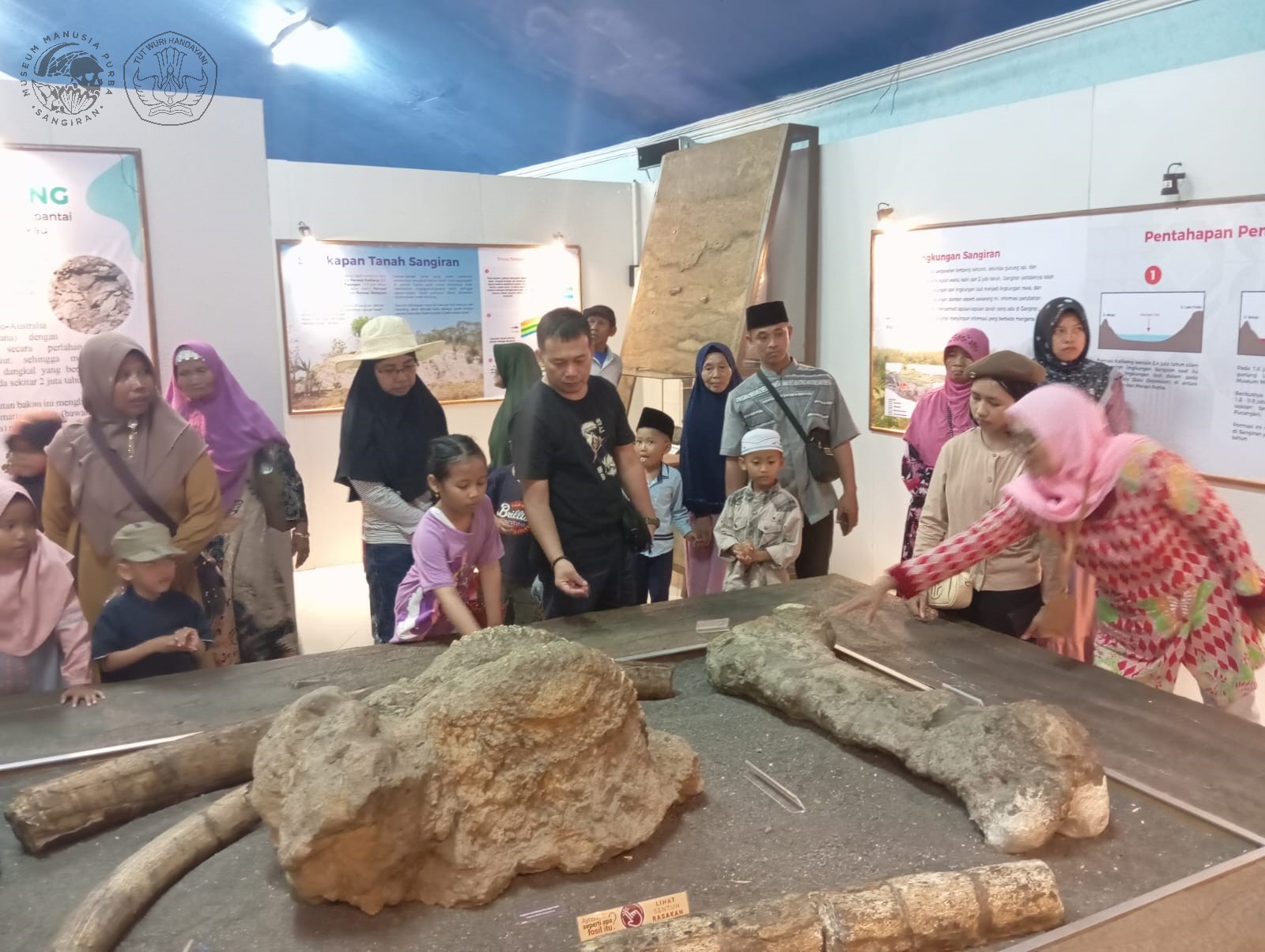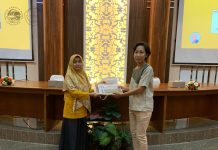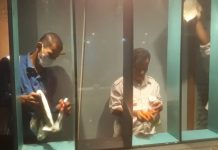The early human museum of the Ngebung cluster saves a lot of past stories about discovery and research when the Sangiran site was not yet known. The collections on display at this museum like bring visitors back to the era of the time. Sangiran at the beginning of the arrival of researchers who tried to solve the mystery of the past.
The arrival of foreign research made the name sangiran resonate in the international world, assisted by figures at that time. A research conducted by von koenigswald in 1934 assisted by a local figure named Toto Marsono and various other figures who contributed greatly to introducing Sangiran to the world explained in this museum. The results of the research conducted were a hard work of researchers assisted by local leaders.
The big result of this research makes Sangiran known in the world and recognized as a world cultural heritage by UNESCO. This is a long journey that requires hard work and also involves various parties. Currently, to preserve the Sangiran site, various parties such as the government, NGOs and the community are needed. The preservation of the Sangiran site that has been recognized as a world cultural heritage is in dire need of support, especially the people around the Sangiran site.
The story of the research when sangiran is not yet known to the world is exhibited through the museum of ancient humans in the Ngebung cluster, with dioramas, photographs, fossils which are all equipped with a touch of modern technology to be displayed for visitors. The story of the balung buto is presented in a diorama that tells us that people at that time believed in the supernatural power of fossils as a medicine for various diseases.
People who visit the museum of ancient humans in the Ngebung cluster can feel the atmosphere of the past when Sangiran is not yet known to the world while increasing knowledge with the information on display. (Wiwit Hermanto) translated by: Mutiara Sholikah
